Zohaib Amjad Khan
End-to-End Blind Quality Assessment for Laparoscopic Videos using Neural Networks
Feb 09, 2022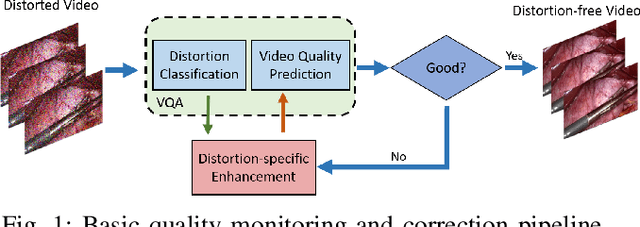
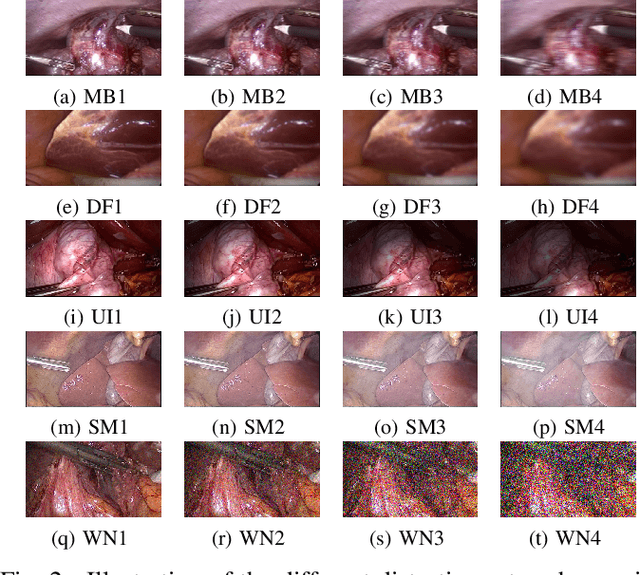

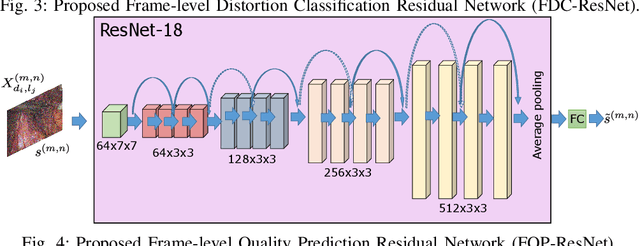
Abstract:Video quality assessment is a challenging problem having a critical significance in the context of medical imaging. For instance, in laparoscopic surgery, the acquired video data suffers from different kinds of distortion that not only hinder surgery performance but also affect the execution of subsequent tasks in surgical navigation and robotic surgeries. For this reason, we propose in this paper neural network-based approaches for distortion classification as well as quality prediction. More precisely, a Residual Network (ResNet) based approach is firstly developed for simultaneous ranking and classification task. Then, this architecture is extended to make it appropriate for the quality prediction task by using an additional Fully Connected Neural Network (FCNN). To train the overall architecture (ResNet and FCNN models), transfer learning and end-to-end learning approaches are investigated. Experimental results, carried out on a new laparoscopic video quality database, have shown the efficiency of the proposed methods compared to recent conventional and deep learning based approaches.
Residual Networks based Distortion Classification and Ranking for Laparoscopic Image Quality Assessment
Jun 12, 2021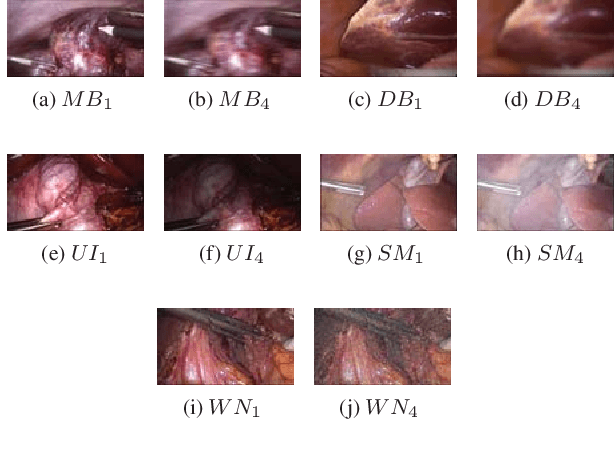
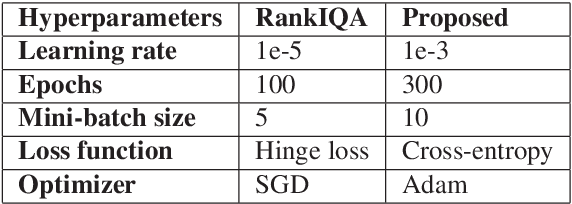


Abstract:Laparoscopic images and videos are often affected by different types of distortion like noise, smoke, blur and nonuniform illumination. Automatic detection of these distortions, followed generally by application of appropriate image quality enhancement methods, is critical to avoid errors during surgery. In this context, a crucial step involves an objective assessment of the image quality, which is a two-fold problem requiring both the classification of the distortion type affecting the image and the estimation of the severity level of that distortion. Unlike existing image quality measures which focus mainly on estimating a quality score, we propose in this paper to formulate the image quality assessment task as a multi-label classification problem taking into account both the type as well as the severity level (or rank) of distortions. Here, this problem is then solved by resorting to a deep neural networks based approach. The obtained results on a laparoscopic image dataset show the efficiency of the proposed approach.
 Add to Chrome
Add to Chrome Add to Firefox
Add to Firefox Add to Edge
Add to Edge